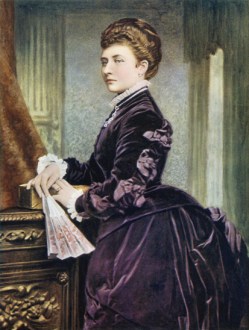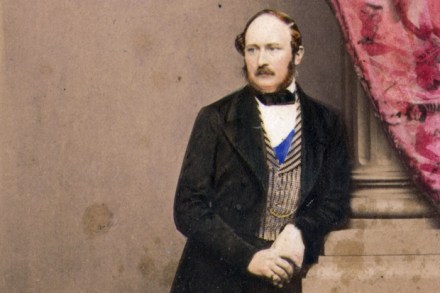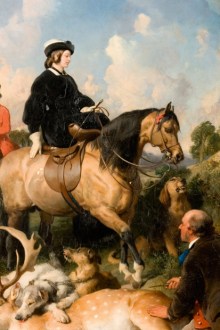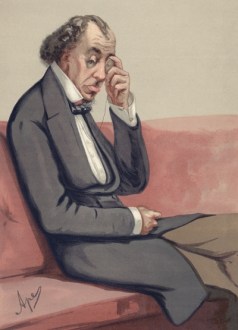What was the secret of Queen Victoria’s rebel daughter?
Princess Louise (1848–1939), Queen Victoria’s fourth daughter, was the prettiest and liveliest of the five princesses, and the only one who broke out of the royal bubble. Artistically talented, she trained as a sculptor, and her marble statue of Queen Victoria can still be seen in Kensington Gardens. Unlike her sisters, who all married royals, Louise became the wife of a commoner, Lord Lorne, later Duke of Argyll. The marriage was childless and unhappy, and the couple lived separate lives. Like that other rebel, Princess Margaret, Louise was clever but difficult. She could be charming and witty one moment and unexpectedly disagreeable the next. She kicked against the royal rules,





